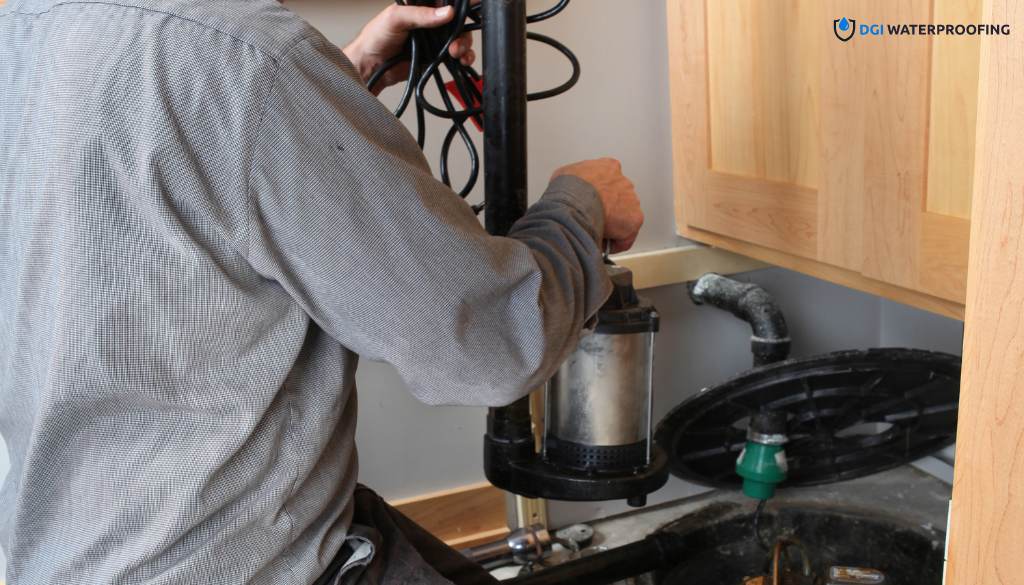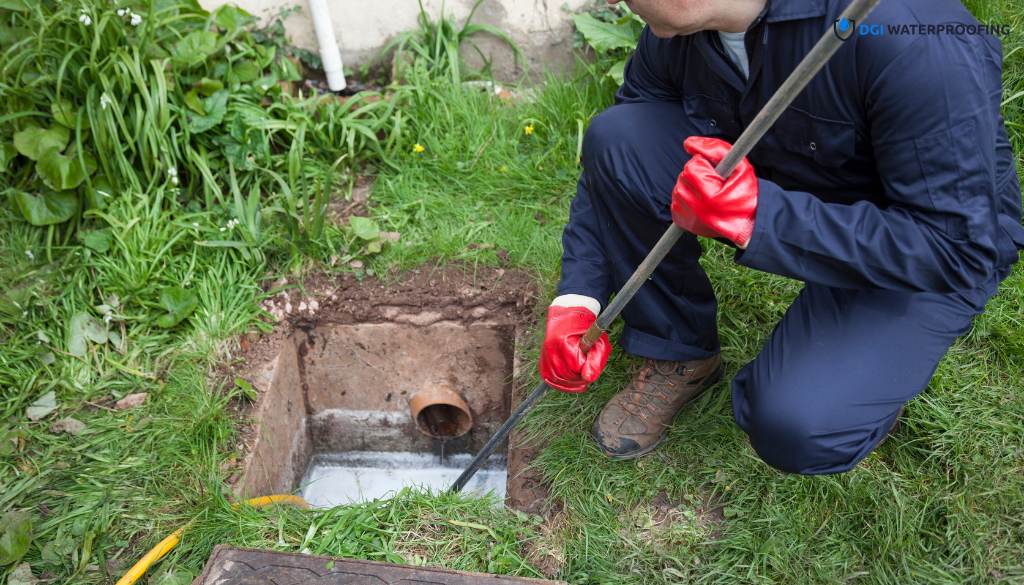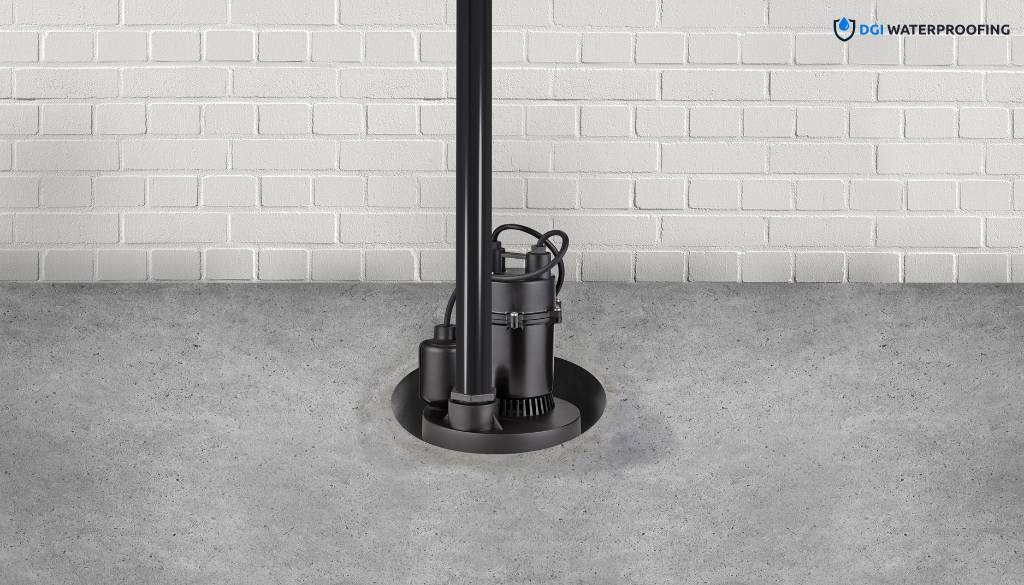Picture this: You’ve just had a beautiful new sump pump installed to protect your basement from flooding. You feel secure, knowing that your sump pump is there to whisk away any water that tries to enter. But what if your sump pump doesn’t do its job? Unfortunately, this happens more often than you’d think. Homeowners often overlook key aspects of sump pump maintenance and operation, leading to unexpected failures and costly damage. Let’s dive into some common sump pump mistakes and how to avoid them so that your basement stays dry, no matter the weather.
#1: Choosing the Wrong Size Sump Pump
Why Size Really Matters
When it comes to sump pumps, size isn’t just about capacity; it’s about matching the pump to your home’s specific needs. If you choose a sump pump that’s too small, it might not be able to keep up with the water entering your basement during heavy rainstorms. On the flip side, a pump that’s too powerful might short-cycle, causing it to wear out faster.
How to Avoid It
Start by assessing your home’s requirements. A general rule of thumb is to consider the area of your basement and the volume of water your pump needs to handle. If you’re not sure which size is right, consult with professional sump pump installers who can evaluate your specific situation. Remember, it’s not just about the horsepower – it’s about the flow rate, head pressure, and how much water the pump can move in a given time.
#2: Skipping Regular Maintenance
The Importance of Routine Checkups
Your sump pump is like any other appliance in your home – it needs regular maintenance to function correctly. Unfortunately, many homeowners forget about their sump pumps until it’s too late. A neglected sump pump can lead to mechanical failures, clogs, or even complete breakdowns just when you need it the most.
How to Avoid It
Make it a habit to inspect your sump pump every few months. Check for debris in the sump pit, test the float switch to ensure it moves freely, and listen for any strange noises that could indicate a problem. Additionally, have a professional inspect your sump pump at least once a year, preferably before the rainy season begins. Regular maintenance is a small investment compared to the cost of water damage.

#3: Ignoring the Need for a Backup Power Source
Don’t Get Caught Without Power
One of the most common reasons for sump pump failure is a power outage. Unfortunately, storms that cause power outages are often the same storms that lead to flooding. If your sump pump doesn’t have a backup power source, your basement is left vulnerable.
How to Avoid It
Invest in a battery backup sump pump system. These systems automatically kick in when your main sump pump loses power, providing crucial protection during a blackout. Some homeowners also opt for water-powered backup pumps, which use the municipal water supply to keep the pump running without electricity. Whichever option you choose, having a backup power source is essential.
#4: Improper French Drain Installation
Connecting the Dots: Sump Pumps and French Drains
A French drain is a great way to redirect water away from your home’s foundation, but it needs to be correctly installed to work effectively. If the French drain isn’t properly connected to your sump pump, or if it’s installed at the wrong slope, water might not flow correctly, leading to backups and potential flooding.
How to Avoid It
When installing a French drain, make sure it’s correctly sloped (typically 1% slope) so that water naturally flows toward the sump pit. Also, ensure that the drain’s outlet is properly connected to your sump pump system. If you’re unsure about how to install or repair a French drain, it’s worth hiring professional French drain contractors who can do the job right. Poor installation can lead to expensive repairs down the line.

#5: Not Testing the Pump Regularly
Why Testing is Crucial
You wouldn’t leave your car sitting for years without starting it up every now and then, so why do the same with your sump pump? Many homeowners assume their sump pump will work when needed, only to find out during a heavy rainstorm that it’s failed.
How to Avoid It
Testing your sump pump is easy and should be done at least quarterly. Simply pour a bucket of water into the sump pit to trigger the pump. Watch to see that the pump activates, removes the water, and shuts off properly. If anything seems off, it’s time to investigate further or call in a professional.
#6: Disregarding the Discharge Line
The Silent Saboteur
The sump pump discharge line is often overlooked, but it plays a critical role in your home’s water management system. If the discharge line becomes clogged or frozen, water can back up into your basement, even if the sump pump is working fine.
How to Avoid It
Regularly inspect the discharge line for obstructions. During winter, make sure it’s properly insulated to prevent freezing. It’s also a good idea to extend the discharge line away from your home’s foundation to ensure water doesn’t recycle back into your basement. Adding a check valve to the line can prevent water from flowing back into the sump pit.

#7: Overlooking the Sump Pump’s Lifespan
Nothing Lasts Forever
Like any mechanical device, sump pumps have a limited lifespan. Depending on the make and model, a sump pump can last anywhere from 5 to 10 years. Waiting for your sump pump to fail before replacing it is a risky gamble that could result in a flooded basement.
How to Avoid It
Be proactive about replacing your sump pump before it fails. If your pump is approaching the end of its expected lifespan, consider replacing it with a new, more reliable model. Keeping a record of the installation date and any maintenance performed can help you track when it’s time for a replacement.
#8: DIY Installation Without Proper Knowledge
Why Going Pro Matters
Installing a sump pump might seem like a straightforward DIY project, but there are many nuances that a non-professional might miss. Incorrect installation can lead to a host of problems, from poor performance to complete system failure.
How to Avoid It
Unless you’re experienced with plumbing and electrical work, it’s best to leave sump pump installation to the professionals. Hiring experienced sump pump installers ensures that your system is set up correctly, providing you with peace of mind and protecting your home from water damage.
Don’t Let Small Mistakes Lead to Big Problems
Avoiding these common sump pump mistakes can save you from the headache and expense of a flooded basement. Whether you’re dealing with installation, maintenance, or choosing the right pump, taking the time to do things right is essential. Regular testing, proper installation, and considering a backup power source are just a few ways you can ensure your sump pump is ready when you need it.
At DGI, we specialize in sump pump installation and maintenance, and French drain installation. Our expert team can help you avoid these mistakes and keep your basement dry all year round. Don’t wait until it’s too late – contact us today to learn more about how we can protect your home from water damage.
